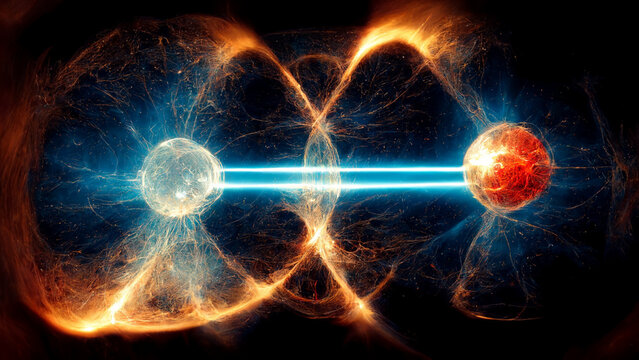
Everything You Should Know About Nuclear Fusion
Stars and the sun can regularly undergo a nuclear fusion reaction and we get light and heat from it. This is due to the collisions that occur between the hydrogen nuclei and the fusion that is generated. However, if you think that this is the only result that is achieved by fusion, then you are mistaken.
We invite you to discover how amazing nuclear fusion is and how important it is to our environment. In addition, we will show you one of the experiments currently underway, which is proving to be the best nuclear fusion project.
What Is Nuclear Fusion?
Nuclear fusion is a reaction given by two nuclei composed of totally light atoms. Where hydrogen, as well as certain particles and the isotopes tritium and deuterium manage to unite creating a heavy nucleus. This reaction is responsible for the release or absorption of a large amount of energy forming gamma rays.
These rays are produced by electromagnetic radiation and are able to penetrate matter. The reactions will also depend on the amount of mass that the nuclei contain, whether it is less or more than that of iron. This amount of energy gives the matter the possibility to pass to the plasma state.
How Nuclear Fusion Works
To achieve nuclear fusion, very high temperatures are required so that the electrons can be separated. Thus, they will come closer to another nucleus to overcome the force of electrostatic repulsion. In addition, it is important to use confinements that allow plasmas to be maintained at very high temperatures for a short period of time.
In this way, the plasma will produce enough reactions and be much denser to give rise to the fusion reaction. It is therefore necessary that the nuclei have short distances, so that the forces of nuclear attraction overcome those of electrostatic repulsion.
Characteristics of a Nuclear Fusion
The main characteristics of nuclear fusions are the following:
- Energy absorption.
- Release of energy when the mass is less than that of iron.
- Production of high temperatures.
- Energy resource.
- Generation of reactions by deterioration, tritium and hydrogen.
History of Nuclear Fusion
Nuclear fusion was originally developed in 1929 by Atkinsony Houtemans. It all started with a sketch in which they projected the possibility of acquiring energy from nuclear fusion reactions. Later, in 1932, it was observed by Mark Oliphant. Although the fusion of stars was developed by Hans Bethe.
In 1940, research began to use fusion for military purposes and in 1952, the “Manhattan Project” was able to succeed. This was the first magnetic confinement. Then, in 1961, the technique to obtain nuclear fusion reactions by energy compression was developed by J. Nuckolls and N. Basov.
Why Is Confinement Important in Nuclear Fusion?
Confinement is used in nuclear fusion to obtain the following advantages:
- The cancellation of instabilities caused by a certain symmetry error.
- Absorption of electrons while maintaining the electric field intensity.
- Obtaining intense electromagnetic fields, and avoiding the escape of hydrogen ions.
Currently, two very important confinement methods have been implemented:
1- Nuclear fusions by inertial confinement.
This method is so dense that it does not allow the particles to have a chance to escape without first colliding with each other. It consists of a small sphere composed of the isotopes deuterium and tritium. This sphere is hit by a laser that makes it implode.
The aim is to make it much denser so that it can only explode under the effect of nuclear fusion reactions.
2- Nuclear fusion by magnetic confinement
In this case, the particles are charged in the plasma to trap them in small spaces that generate electromagnetic fields. Among the most developed devices for magnetic confinement is the Tokamak. This is an experimental reactor capable of using toroidal magnets to obtain superconducting energy.
What are your thoughts on this matter? Let us know in the comments below.
You May Also Like

The Marvels of Microbiology: Unraveling the World of Tiny Organisms
2024-01-23
Top 5 Things To Know About The Moon
2023-01-26


